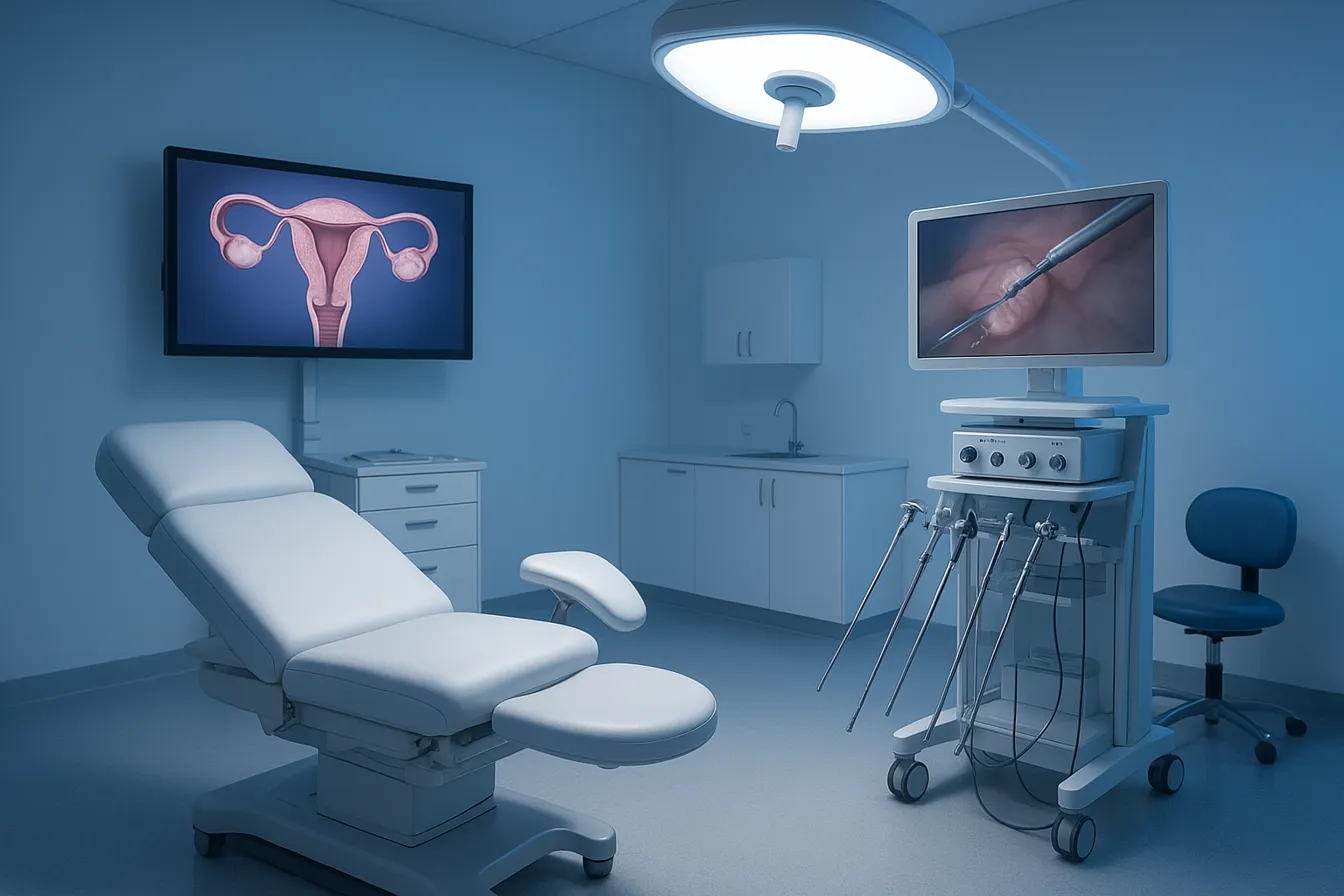Comprehensive Preventive Care for Women: Tailoring Screenings and Wellness Across the Lifespan

A hysteroscopy is a minimally invasive procedure some women need to diagnose the cause of heavy periods and other abnormal uterine bleeding. If you’re planning to have a hysteroscopy, it can help to know what happens before, during, and after, to ease any concerns you might have.
At Raveco Medical, our experienced OB/GYNS, offer on-site hysteroscopy procedures. We can also complete your procedure at affiliated hospitals when necessary. Our team collaborates with hospital staff to ensure your comfort and safety throughout your hysteroscopy and recovery.
How to prepare for a hysteroscopy
An important part of the preparation process before a hysteroscopy is to schedule the procedure during a time when you won’t be having your period. The timing ensures our providers get a clear view of the inside of your uterus to provide you with an accurate diagnosis.
You should also avoid the use of tampons and douches for at least 24 hours before your hysteroscopy. We might also recommend not taking blood thinners or other medications on the day of your procedure.
If you’re having anesthesia during your hysteroscopy, plan to have a loved one drive you to the appointment and take you home.
On the day of your visit, leave all jewelry and other personal items at home. If you shower, don’t use perfumes, deodorant, lotion, and other skin care products.
What happens during a hysteroscopy
Our providers help you get comfortable on an exam table and place your feet in stirrups. To keep you comfortable and relaxed, your provider can prescribe a sedative medication. We can also apply a topical numbing solution to your cervix and uterus.
Your provider inserts a speculum into your vagina to make it easier to access your uterus. They then guide a thin tube (scope) in through your vagina, cervix, and uterus.
The scope has an attached camera that sends real-time images of your uterine lining to an external monitor. We may also send saline or gas in through the scope to improve visibility of the uterine tissues and the opening of your fallopian tubes.
In the event abnormal tissue, cysts, or other growths are discovered during your hysteroscopy, our OB/GYNS can remove them. They insert specialized surgical tools through the scope to treat the growths or to take a tissue sample for further evaluation under a microscope.
What to expect during your hysteroscopy recovery
Typically, a hysteroscopy procedure takes 40 minutes or less to complete. If you took a sedative, you can expect to spend a period in recovery before you can go home.
Some women may feel mild cramping or experience light bleeding in the hours or days after a hysteroscopy. These issues should resolve on their own, but you should report any heavy bleeding or other unusual symptoms to our team.
If you have a diagnostic hysteroscopy, you should be able to return to your usual activities the next day. When our providers remove polyps, fibroids, or other tissues, your recovery may take longer. You’ll also have to avoid intercourse, swimming, douching, and tampon use for two weeks, so your uterus has time to heal.
Call the Raveco Medical office in Forest Hills or Woodside, New York, to ask other questions about a hysteroscopy or book a consultation online today.





.png)